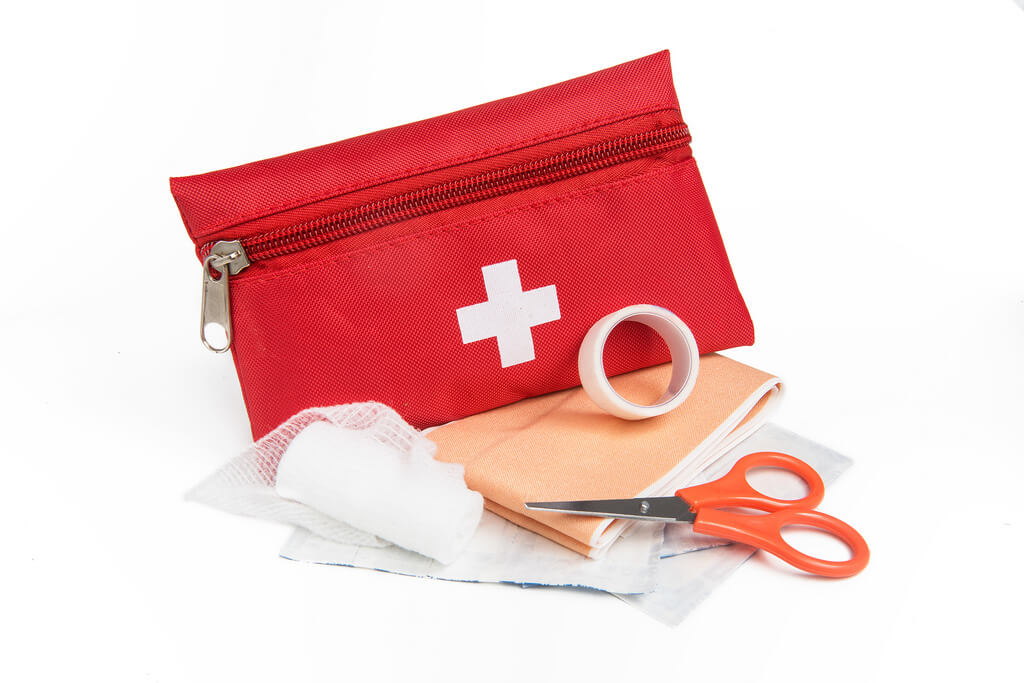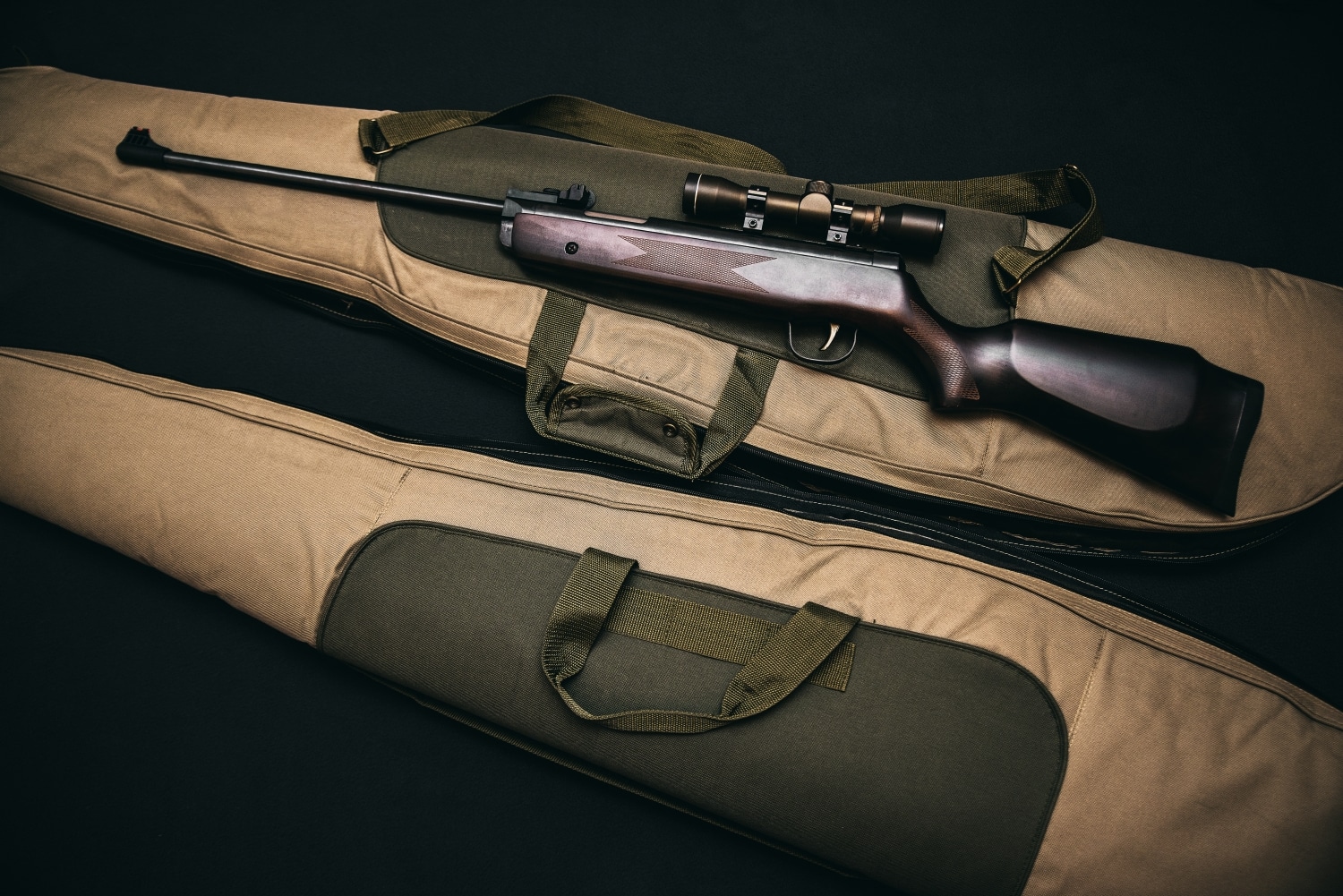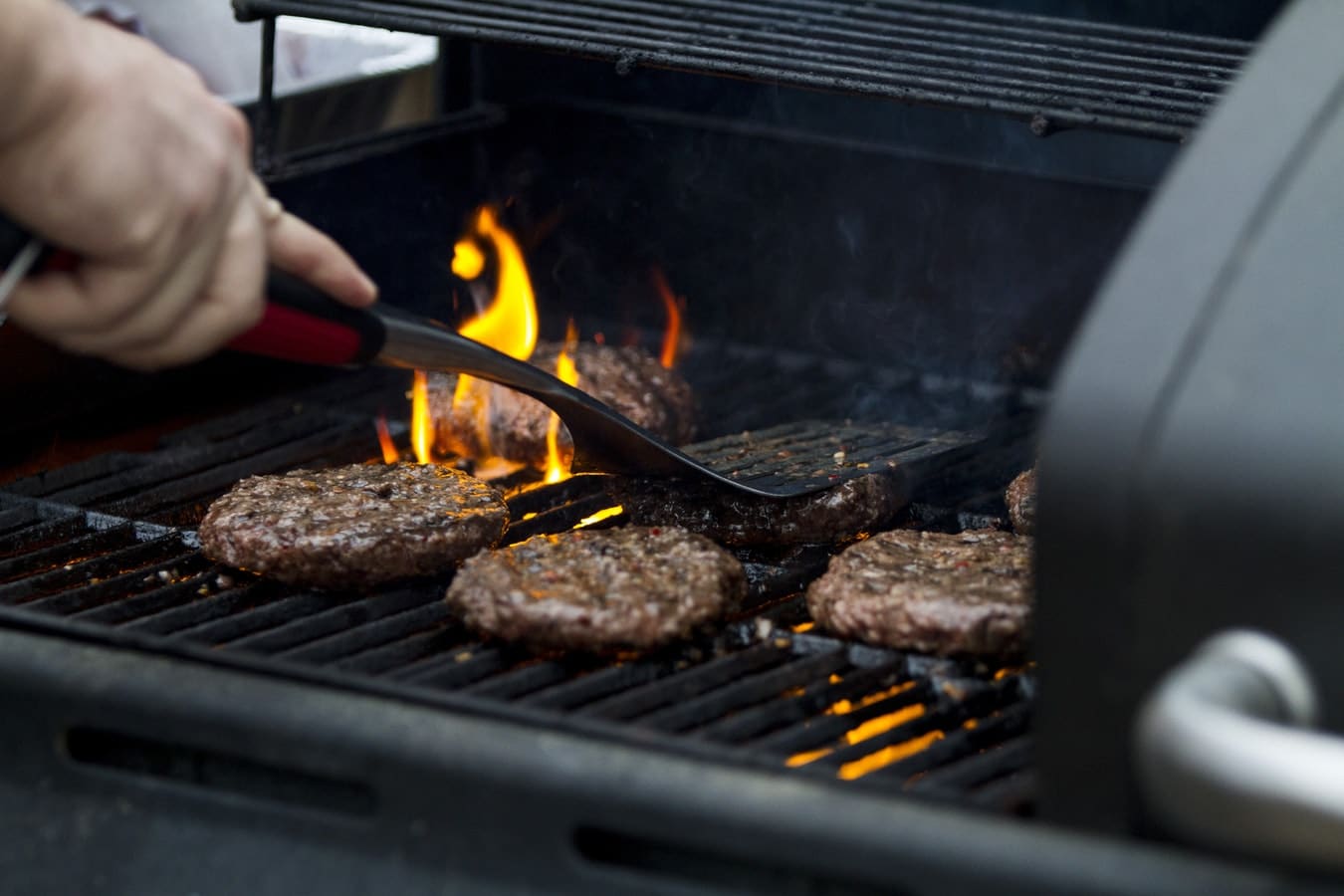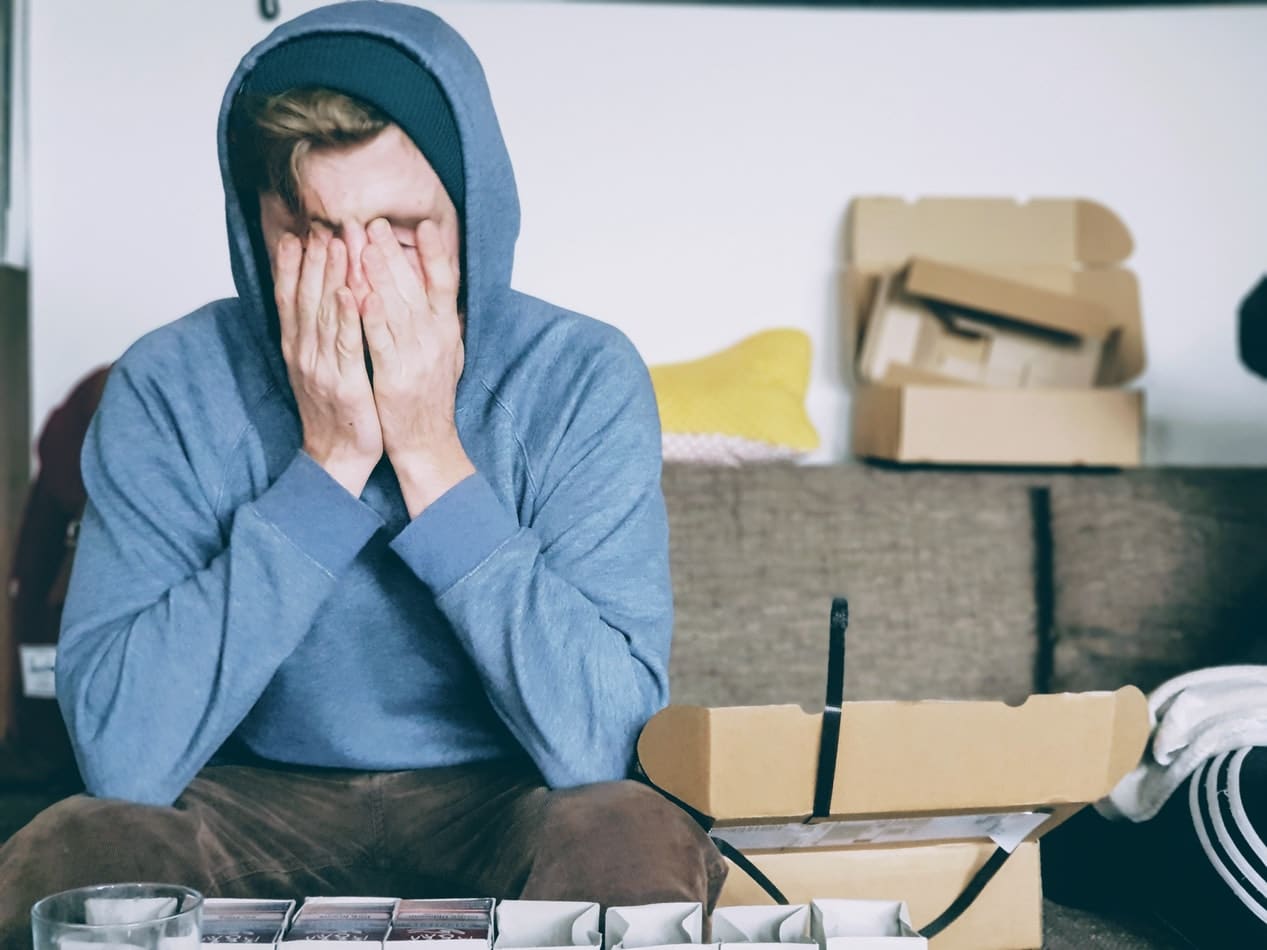Emergencies happen all the time. More than often, it happens out of nowhere. That’s why we should have a first-aid kit in handy at home, in the car, or at work. Those bruises, scrapes, and cuts can occur and it feels like hell if we walk without anything covering it up. Lucky, all most first aid kits are cheap to buy pre-packaged or even made on our own with the things we buy on our own. If you decide the make up your own first-aid kit, make sure it is stocked appropriately.
A first-aid kit must be clean, easy to carry, and big enough to fit everything.
So, what should a first-aid kit have? First the basics:
- Sterile gloves – Rubber gloves to keep the hands clean when dealing with blood.
- Sterile gauze pads – To cover the wound or burn.
- Scissors – To cut off the cloth tape or wrap.
- Bandages – They should come in various forms, from small to big. This includes the roller bandage.
- Cleansing liquid – It is fluid, like rubbing alcohol, to help wash off any dirt or blood stained on the skin go keep clean; they can also be anti-septic wipes.
- Ointment – They can be anti-biotic to turn burns and itches around injured areas so it does not get worse.
- Petroleum jelly – It also can soothe certain areas when applying bandages over the targeted area.
- Braces – For elbows, ankles, wrist, thumb, and back
These items are for injuries of course. Falling or getting hit by something inadvertent is not the only thing that can go wrong. Medication should also be placed in a first-aid kit. This includes:
- Any extra prescription medications needed
- A glucose monitor
- Insulin shot for diabetics
- Cough suppressants
- Antihistamine – Deals with nasal congestion and sneezing
- Aspirin or any pain medication
- Antacids and laxatives
There are other important things to have besides the stuff for injuries and illness. It’s for warmth, containing used supplies, and contact information besides 911. So, get:
- An instruction manual – For proper knowledge of applying wraps and band-aids.
- Flashlight and batteries – If it gets dark where you are.
- A fire blanket – To quickly cover someone who is burning
- Oral thermometer
- Lists of phone numbers (family & doctors), allergies, and medications – To know who to call and what to say in the event of an emergency.
Make sure to update the first-aid kit regularly. Add and drop and medication prescribed when it changes so it does not have the expiration date on it. When something is used, re-stock it asap to keep everything at bay for another sudden event. To know more about having a proper first aid kit, learn basic skills and read more about what to do online. Read the manual to know what to do in the event, but still have it with you just in case. Always be prepared and ready to act when an emergency comes for the first aid to be in handy instantly.




